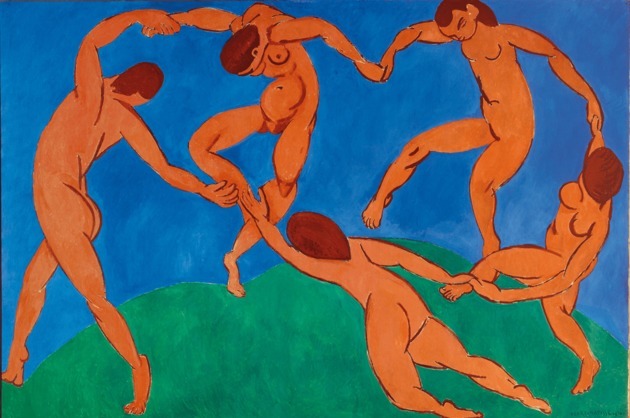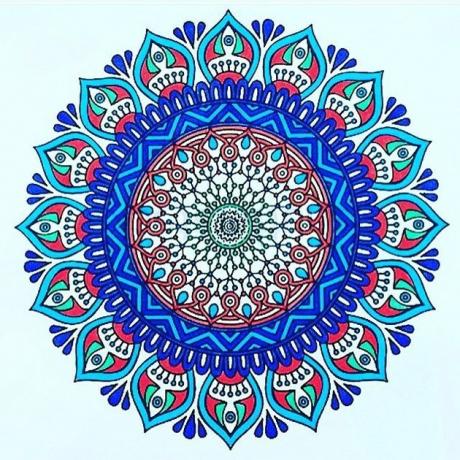THE art in prehistory it is one of the most effective ways for researchers to reconstruct the culture that existed at the dawn of humanity.
This was precisely the time when men had not yet invented writing. Therefore, the drawings, sculptures and objects found give us clues about how people lived and organized themselves in a very distant past.
Prehistory is divided into three major periods, and in each of them art has its own peculiar characteristics.
To facilitate the study, check out the Prehistory divisions:
- Paleolithic Period or Chipped Stone Age (from the emergence of mankind to 8000 BC Ç.);
- Neolithic Period or Polished Stone Age (from 8000 to Ç. up to 5000 a. Ç.);
- Age of Metals (5000 a. Ç. until the appearance of writing, around 3500 BC. Ç.).
The term “art” refers to a modern concept. Thus, for prehistoric men this concept was not known. That is, they did not create art with the intention of contemplation and adornment, but with a utilitarian function.
Characteristics of art in prehistory: Summary
In the beginning, artistic expressions were greatly simplified and over time they improved.
Below are the main characteristics of the art developed in each period:
Paleolithic Period
At this stage, the art was carried out in caves or close to them, which were called parietal art and rock art.

THE parietal art receives this name because it is related to the support on which it was developed, that is, the walls of the caves. already the rock art it was carried out outside the caves and grottos.
During this period, paintings were made on rocks and their main feature was naturalism.
In addition to abstract figures, figures of animals and men were developed. Generally, they showed hunting images.
In addition to the art represented on the walls of caves, the first instruments and tools with little sophistication were developed: knives, axes, harpoons, spears, bows, arrows, hooks.
The production techniques were simple and the materials used were stone, wood, bones, horns and animal skins.
At that time, sculptures were also produced, usually female figures.

It is worth remembering that the Paleolithic man (hunter and gatherer) was nomadic, that is, he lived in search of food and shelter, therefore, he did not settle in the territories.
Neolithic Period
Art in the Neolithic period can already be seen outside the caves. With a milder climate, Neolithic people began to live close to rivers.
This period marked the sedentary lifestyle of the human race, which ceases to be nomadic and starts to build villages. Agriculture and animal husbandry were the main features of this period.
Although they were also developed with stones, just like in the Paleolithic, the evolution of art can be seen in this period, which showed greater care, such as polishing the material.
Objects made of ceramics and the production of woolen and linen fabrics, replacing garments made with animal skins, also stand out.

It is also important to highlight the construction of megalithic monuments, which are large stones arranged in unique compositions. It is believed that the purpose of these constructions was to carry out rituals and celebrations.
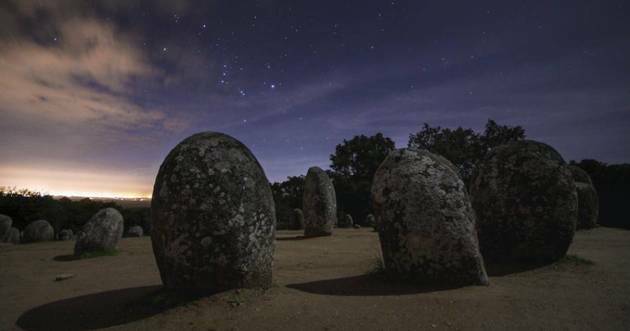
Age of Metals
With the discovery of metals, art began to take on another aspect. During this period, it was marked by the development of metallurgy and the expansion of foundry techniques.
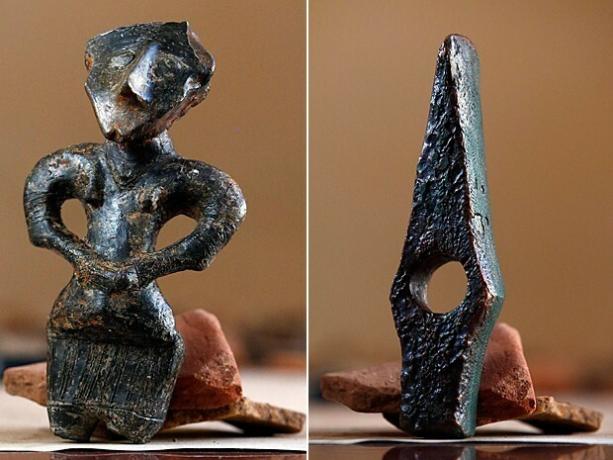
The Age of Metals is divided according to the most used metal, namely:
- Bronze Age
- Copper Age
- Iron Age
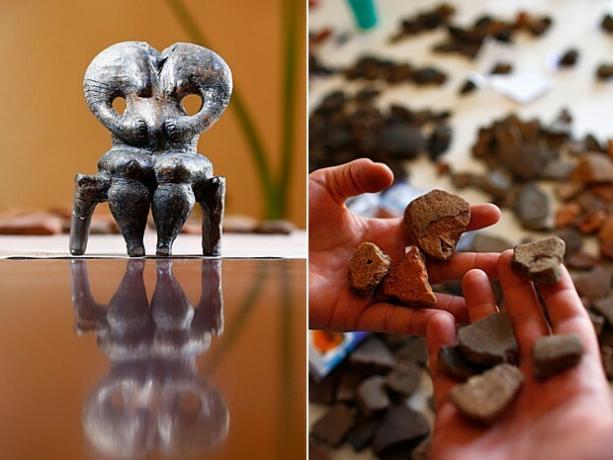
During this period, the utensils, instruments and tools manufactured with a utilitarian purpose stand out. For example, kitchen tools, artistic objects, weapons, tools for farming, hunting and fishing. There were also metal sculptures representing women in detailed clothing and also warriors.
It is from this period the invention of the wheel and the ox plow used in agriculture. At that moment, the first experiments in writing also began to appear.
Art in Prehistory in Brazil

In Brazil, there are some archaeological sites and cave paintings were found in various places in the states of Minas Gerais, Piauí, Rio Grande do Norte, Pernambuco, Paraíba, Santa Catarina and Mato Grosso do South.
Art History Quiz
You may also be interested in:
- Art History: definition, aspects and periods
- Exercises on Prehistory

